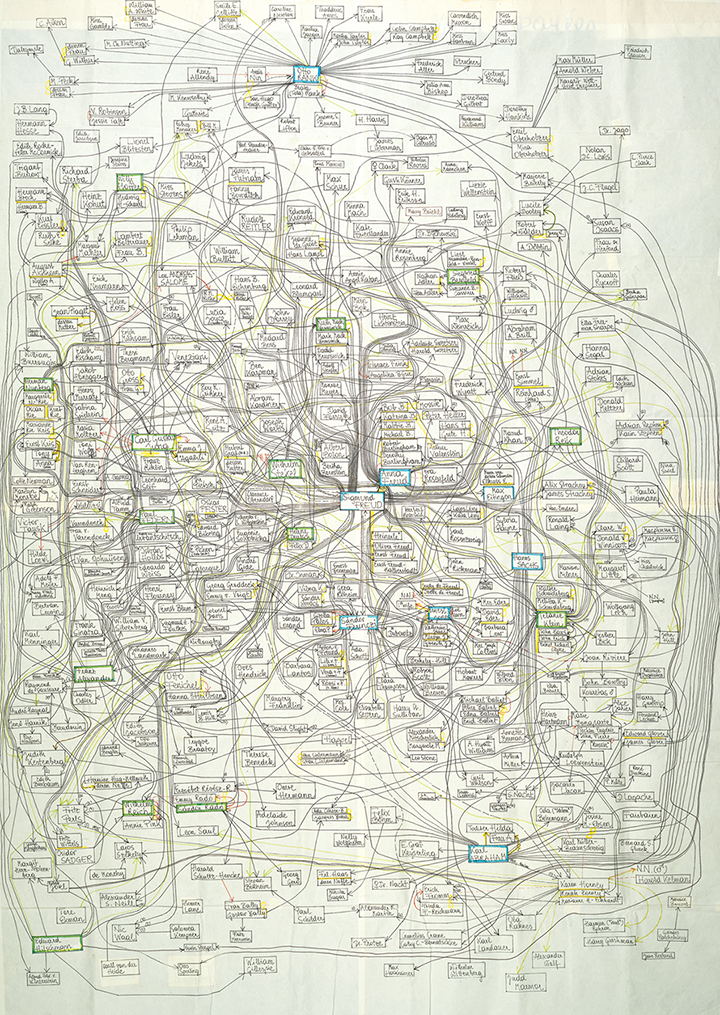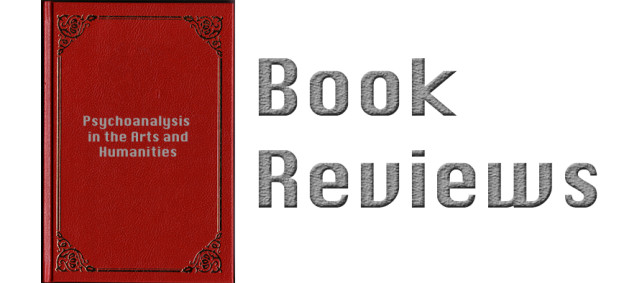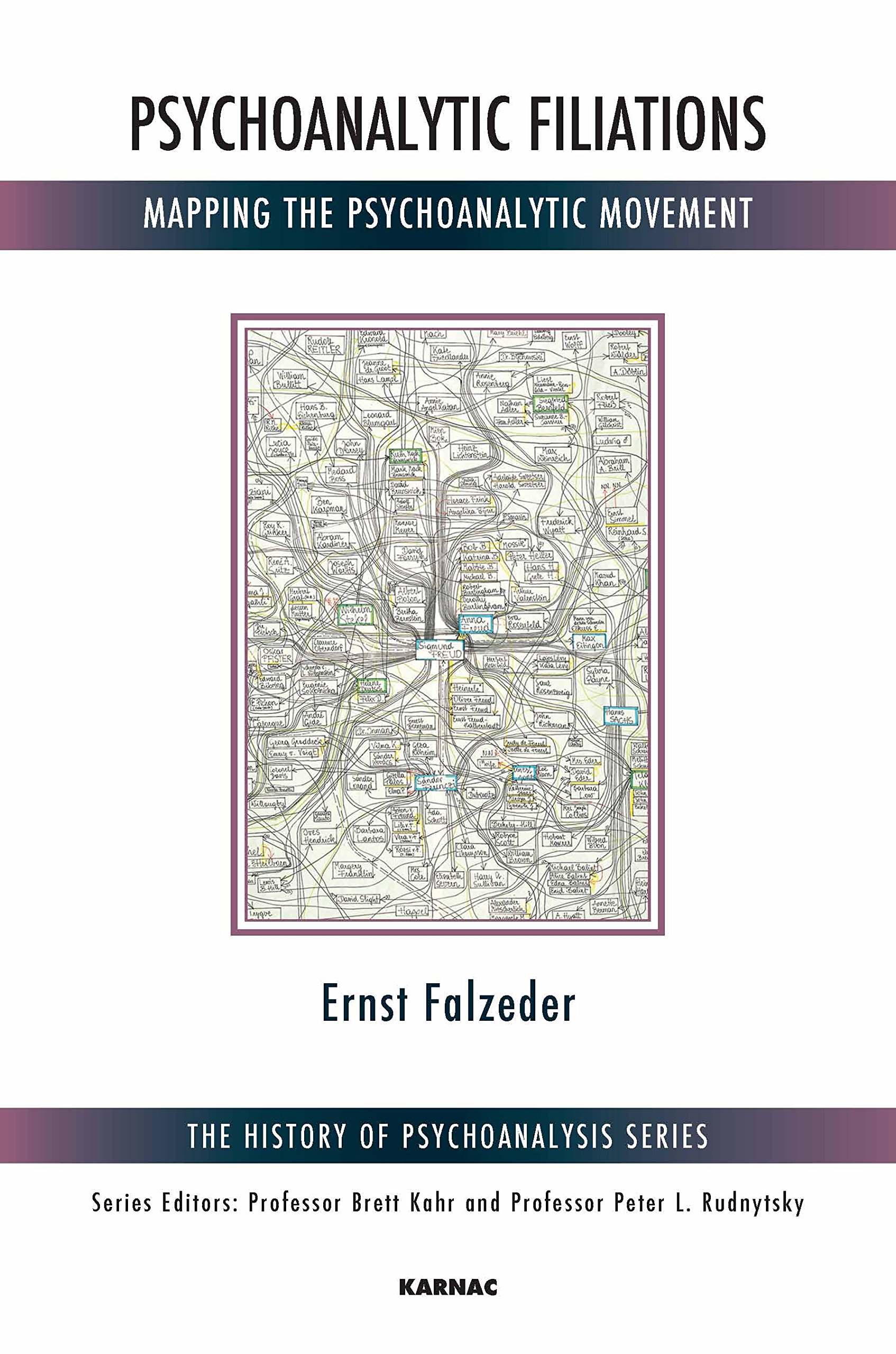Psychoanalytic Filiations: Mapping the Psychoanalytic Movement by Ernst Falzeder (London: Karnac Books, 2015)
Review Harriet Barratt Dorling, CHASE-funded PhD student (University of Sussex)
In 1902, Freud invited selected colleagues to join him to debate key questions around the emerging field of psychoanalysis. The conclusions of both this early ‘Wednesday Club’ and the later ‘Secret Committee’ (formed in 1912-13) remained largely behind closed doors, but shaped and defined the first kernels out of which psychoanalysis went on to bloom. With Psychoanalytic Filiations, Ernst Falzeder (UCL) undertakes to map the earliest relationships (both within and outside of this group), influences, and intellectual legacies which formed psychoanalysis. In this book, which takes the form of a collection of essays originally published by Falzeder between 1991 and 2012, he convincingly presents these obscured or forgotten interactions as inextricable from the theoretical developments of the movement.
Falzeder’s scholarship is impeccable: he manages to tread the line between informed analysis and factual evidence without falling into sensationalist speculation. This is easier said than done, given the subject matter. Falzeder clearly demonstrates how the theoretical developments put forward by the growing psychoanalytic circle were intertwined with families and friendships, with case studies based on the analysis of colleagues, their children and spouses, and with the ensuing fallings out, gossip and defamation (Ernest Jones does not come off well on this point).
The focus of the essays is multi-dimensional, ranging from theory to biography to the advent of analytic training. This is as much a history of the ethical approach a new movement must construct along the way as a mapping of its theoretical developments; at least one analysand, Frau Hirschfeld, has ‘no chances of getting cured’, but Freud tells Jung that ‘at least psychoanalysis should learn from her case and profit by her’, and Oskar Pfister that it is ‘her duty to sacrifice herself to science’ (p. 37).
As such, the collection does much more than present a mapping of the psychoanalytic movement and its key players. It engages with a series of tensions and concerns which arise in relation to the emergence of a movement so dependent on personalities and their own lived experiences. This is particularly fruitful in discussions of how and why disciples or colleagues such as Ferenczi, Jung and Bleuler diverged from or actively rejected Freud’s (and each other’s) own thinking, or, in turn, how the originality of Karl Abraham’s work takes him beyond the popular image as someone who merely elaborated upon Freud’s theories.
For example, Sándor Ferenczi’s own troubled analytic relationship with Freud, his mentor, is shown as central to his thinking about the role of transference and counter-transference within an analysis. Falzeder traces their differences back to the key split between Freud’s one-person theory of mind, in which the analyst’s own personality is almost incidental, and Ferenczi’s two-person approach, whereby the outcome of an analysis is wholly dependent on the affective interaction between the analyst and the analysand; a ‘social process’, a ‘social phenomenon’ (p.260). It is clear on which side Ernst Falzeder’s own allegiance falls; as he says, ‘Every analyst who considers analysis as an interaction, implying a high degree of personal involvement and explicit awareness of it, is heir to the pioneering work of Sándor Ferenczi’ (p. 18).
He also posits that Freud’s split with Eugen Bleuler, the chair for psychiatry at Zurich University, was just as crucial to the development of psychoanalysis as Jung’s ‘defection’. In distancing himself from what he saw as the inward-looking, exclusive approach of the key psychoanalysts of the early 1910s, Bleuler retracted what could have been a game-changing partnership between the worlds of analysis and higher education. Yet Falzeder is scrupulously fair in his treatment of the clashes of such crucial individuals, and selects evidence with a light and judicious touch to back up his assertions.
The sections which allude to the role of biographical material in discussions of theory and technique are particularly interesting. For example, Falzeder points to the impact of Freud’s preference for one of Ferenczi’s mistresses over another on his analytic advice to Ferenczi (p. 253) – the two being, in fact, mother and daughter. The consideration of both strands together allows Falzeder to respond to his own suggestion that ‘perhaps the time has come to investigate […] the connection between the private lives and experiences of the pioneers and the theories springing from them, to investigate the connection between their experiences […] and insights’ (p. 74). These biographical details are certainly eye-opening, such as the revelation that Freud gave Little Hans – he of the horse phobia – a rocking horse to celebrate his progress (p. 164), or that he invited on holiday an analysand who had detailed her sexual phantasies about him in great detail (p. 264).
Falzeder’s understanding that the personal is inseparable from the theoretical in this field sits in contrast to the early editors of Freud’s correspondence (including his son Ernst), who asserted that ‘omissions and cuts have been made […] to avoid unimportant personal details about the writers and their families, which do not contribute to the knowledge and understanding of their personalities and of their scientific work’ (p. 133). While this may seem reasonable at first glance, Falzeder’s painstaking, microscopic comparison of both early and later editions with the original correspondence uncovers multiple examples where the textual meaning has been altered by injudicious editorial decisions. There is an excellent chapter which focuses on the importance of this history of the published texts, and it is possible to detect its importance in the wider movement’s myth-making impulse (itself documented throughout the book). As Falzeder points out, ‘each of the parties or camps seems to have construed a ‘Freud’ of its own. Thus for some he is the hero of a legend, for other, the villain of the piece’ (p. 172).
The essays are arranged in a non-chronological manner according to loose themes which are not always clearly defined. As a newcomer to the field of psychoanalytic theory, I felt that the book might have benefitted from a reworking into one linear narrative, complete with a little more contextualisation. For example, the Epilogue, a mapping of Freud’s hatreds, offers an additional take on Freud where it might have brought together the various strands introduced in earlier pages. However, such a restructuring would mean that more experienced readers would lose the beauty of the book’s attempt to trace its own archaeological research process, offering as it does an overview of both Falzeder’s own development of thought and of his new archival discoveries.
Falzeder’s attempt to map the relations between key figures in the early psychoanalytic movement visually, via a fold-out, hand-drawn map at the back of the book, is impressive, though the density of the diagram’s hundreds of arrows may induce severe queasiness in the belly of a newcomer (see image). It will be a useful tool to refer to in checking individual queries; as an overview of the field it serves to underline the complexity and three-dimensional nature of the relationships which formed the movement.
Psychoanalytic Filiations is an invaluable guide to the early years of the psychoanalytic movement, with meticulous references and a clear and incisive style. It is an engaging read from start to finish in its own right, but also serves well as a go-to resource for a wealth of summaries of, and signposts to, both primary and secondary literature. It is a triumph of archival research, and deserves a place on the bookshelf of anyone with an interest in the early days of the psychoanalytic movement.



